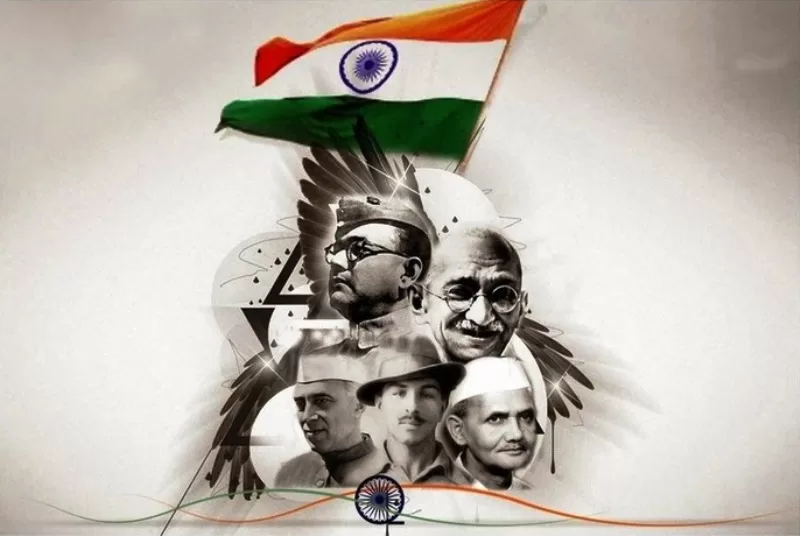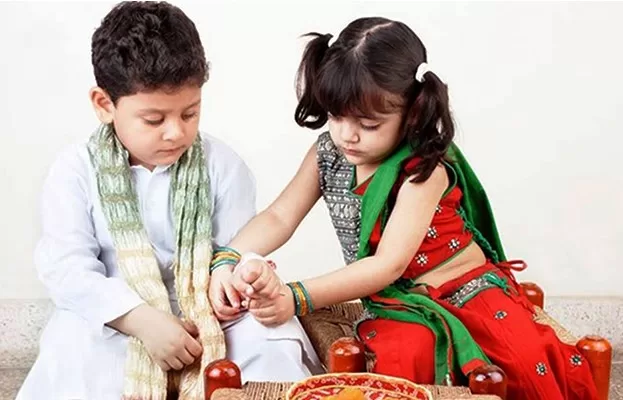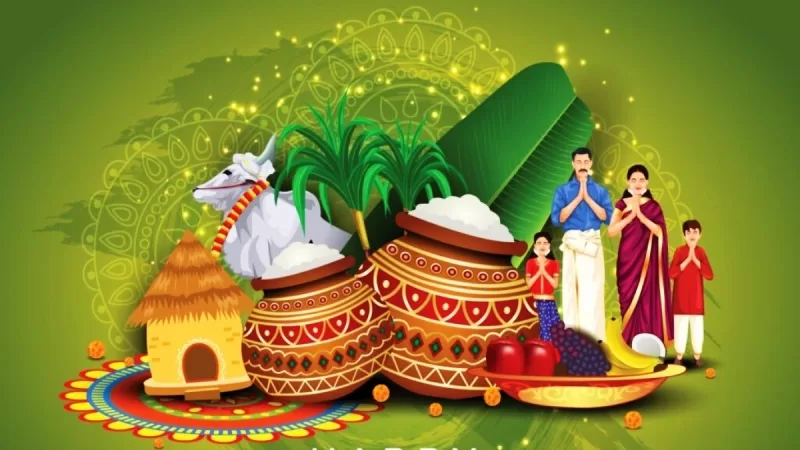
Independence Day of India – A Celebration of Freedom and Unity
Independence Day of India: A Celebration of Freedom and Unity
Every year on August 15th, India celebrates its Independence Day with great pride and patriotic fervor. It is not just a national holiday but a historic day of remembrance, respect, and reflection, marking the end of British colonial rule and the birth of a sovereign nation in 1947.
A Glance Back in Time
India was under British colonial rule for nearly 200 years, beginning in the mid-18th century. During this time, Indians faced economic exploitation, cultural suppression, and lack of self-governance.
The freedom struggle was long and filled with sacrifices. From Mahatma Gandhi’s non-violent civil disobedience to Subhas Chandra Bose’s call to arms, from Bhagat Singh’s bravery to Sardar Patel’s unity efforts, thousands of known and unknown heroes contributed to India’s independence.
On the midnight of August 15, 1947, India’s first Prime Minister, Pandit Jawaharlal Nehru, addressed the nation with his iconic speech:
“At the stroke of the midnight hour, when the world sleeps, India will awake to life and freedom.”
Why Independence Day Matters
Independence Day is not just a date on the calendar; it represents:
The end of colonialism
The birth of democracy
The dawn of a new era where every citizen became equal under the law
A reminder of the sacrifices made for freedom
It is a day to honor our constitution, diversity, unity, and our responsibility as citizens.
How India Celebrates Independence Day
The entire country comes alive in tri-color – saffron, white, and green. Here’s how different regions and communities celebrate this proud day:
Flag Hoisting and National Anthem
The Prime Minister hoists the national flag at the Red Fort in New Delhi.
A 21-gun salute and the national anthem (Jana Gana Mana) follow.
Similar ceremonies take place in state capitals, schools, offices, and homes.
Cultural Programs & Speeches
Children participate in patriotic plays, dances, and speeches.
Television channels air documentaries and movies related to the freedom struggle.
Kite Flying and Decorations
Especially in Delhi and northern states, kite flying is symbolic of freedom.
Homes, schools, and streets are decorated with flags and tricolor lights.
Symbols of the Day
The Tricolor Flag: Represents courage (saffron), peace (white), and growth (green) with the Ashoka Chakra symbolizing truth and motion.
The National Anthem: Written by Rabindranath Tagore, sung with pride and respect.
Patriotic Songs: Songs like “Ae Mere Watan Ke Logon” and “Vande Mataram” stir the soul.
🙏Remembering the Heroes
Independence Day is a moment to remember the freedom fighters and martyrs:
Mahatma Gandhi – led the non-violent movement
Netaji Subhas Chandra Bose – formed the Indian National Army
Bhagat Singh, Rajguru, Sukhdev – became symbols of youthful bravery
Rani Lakshmibai, Mangal Pandey – early freedom warriors
Independence Day Today: A Renewed Spirit
In modern India, August 15 is a day to:
Reflect on how far we’ve come
Celebrate unity in diversity
Encourage civic responsibility
Pledge toward nation-building
Whether it’s cleaning your neighborhood, voting responsibly, respecting the law, or supporting the underprivileged—every act of kindness strengthens the spirit of our independence.
Final Thoughts
India’s Independence Day is not just about remembering the past—it’s also about shaping the future. It is a day to celebrate freedom, to honor those who made it possible, and to pledge ourselves to the progress and unity of our great nation.
Let us take pride, not just in being free, but in being responsible, compassionate, and united citizens of India.
Jai Hind!










